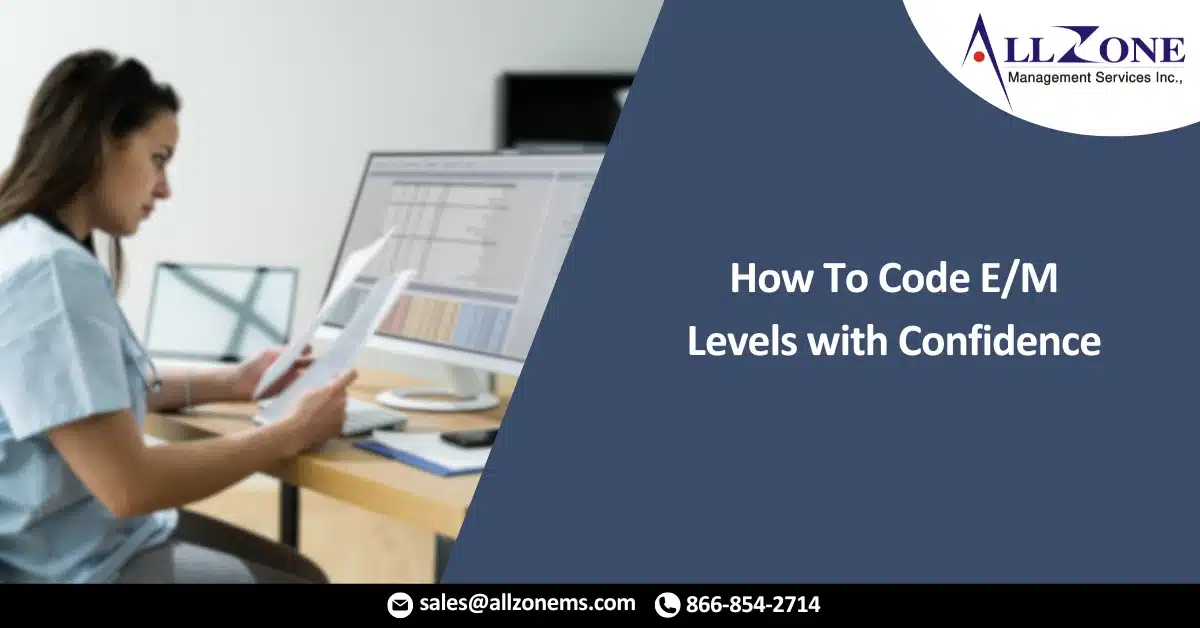How many times has a provider asked you, “What do I need to document to get a 99215?” All too often, medical coders feel they should help their providers understand what elements of documentation are needed to warrant the higher level evaluation and management (E/M) service. Do not do it!
If It Isn’t Documented, It Isn’t Done
Medical coders are considered the ultimate investigators in dissecting clinical documentation and then choosing the appropriate level of service according to the provider’s documentation. When documentation is “fluffed,” the coder must look through it all and pull out exactly what took place during the visit. When the documentation is lacking, the coder has no choice but to down-code the encounter.
Keep Your Eye on the Goal
When a provider asks why a visit level has been down coded, your response should be clear and to the point. It is inappropriate for the provider to ask the coder what documentation is needed so they can go back and addend with the information.
The compliance or coding department manager in your organization is most likely giving coding and billing education to all providers in the organization through audit reviews or some other form of education. Coders who guide providers to go back and add documentation undermine that education, not to mention the coding metrics used to see if the education is in fact helping the providers to code and bill correctly.
Make Insufficient Documentation a Learning Moment
Instead of giving the provider the elements or aspects needed for the higher level of service, encourage them to read through their documentation and let them tell you why they should be billing a higher level of service. This lets providers know they need to tell you why they feel their documentation warrants a higher level. Sometimes providers can offer educational insight into their documentation that you may not have comprehended, or you inadvertently overlooked. If your provider is uncooperative, then bring in the compliance or coding manager into the conversation.
Know When to Query the Provider
According to the American Health Information Management Association (AHIMA 2019 Update, para 5), “Documentation queries (referred to as “queries” in this Practice Brief) are used by coding professionals, CDI professionals, and all professionals responsible for documentation clarification or who have oversight and/or involvement in the query process.”
AHIMA (AHIMA 2019 Update, para 9) also states the following reasons for queries to the provider are:
- “To support documentation of medical diagnoses or conditions that are clinically evident and meet Uniform Hospital Discharge Data Set (UHDDS) requirements but without the corresponding diagnoses or conditions stated
- To resolve conflicting documentation between the attending provider and other treating providers (whether diagnostic or procedural)
- To clarify the reason for inpatient admission
- To seek clarification when it appears a documented diagnosis is not clinically supported
- To establish a diagnostic cause-and-effect relationship between medical conditions
- To establish the acuity or specificity of a documented diagnosis to avoid reporting a default or unspecified code
- To establish the relevance of a condition documented as a ‘history of’ to determine if the condition is active and not resolved
- To support appropriate Present on Admission (POA) indicator assignment
- To clarify if a diagnosis is ruled in or out
- To clarify the objective and extent of a procedure”
For More Information: https://www.aapc.com/blog/48843-how-to-code-e-m-levels-with-confidence/

